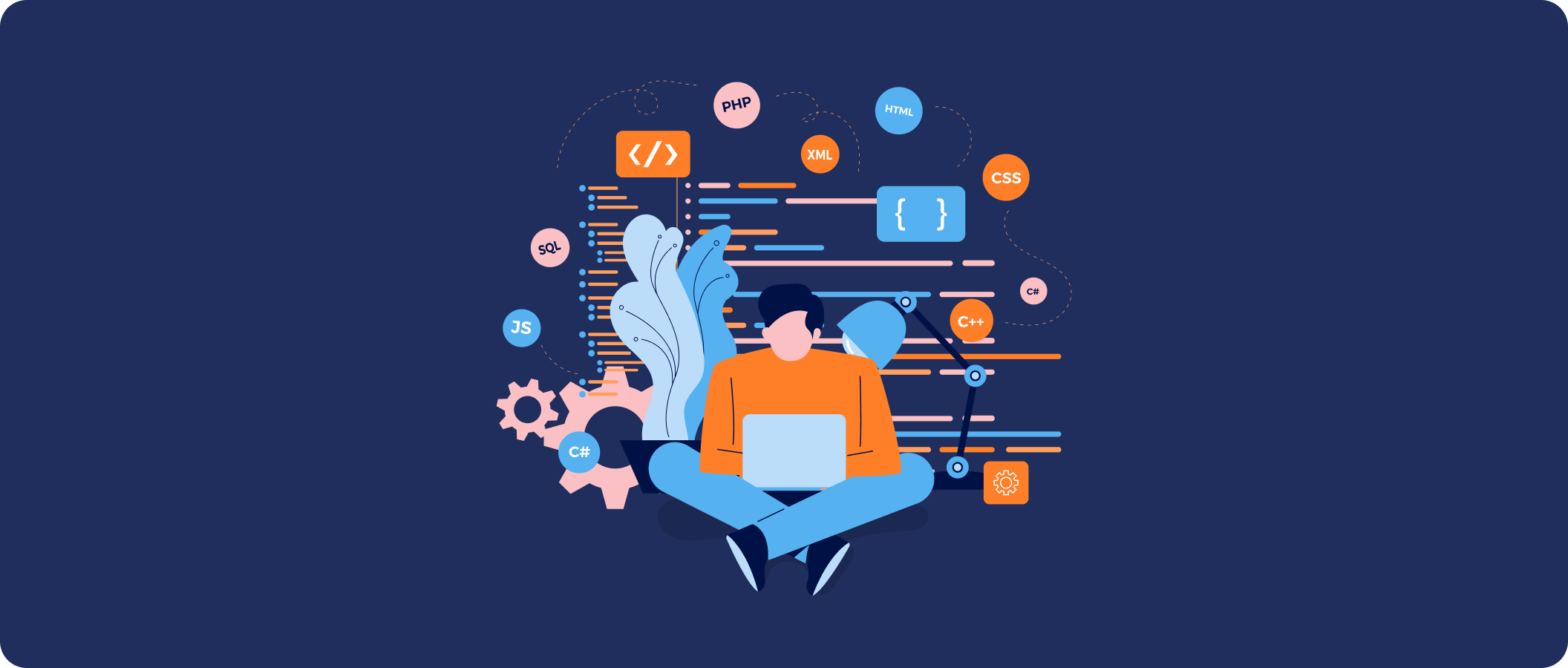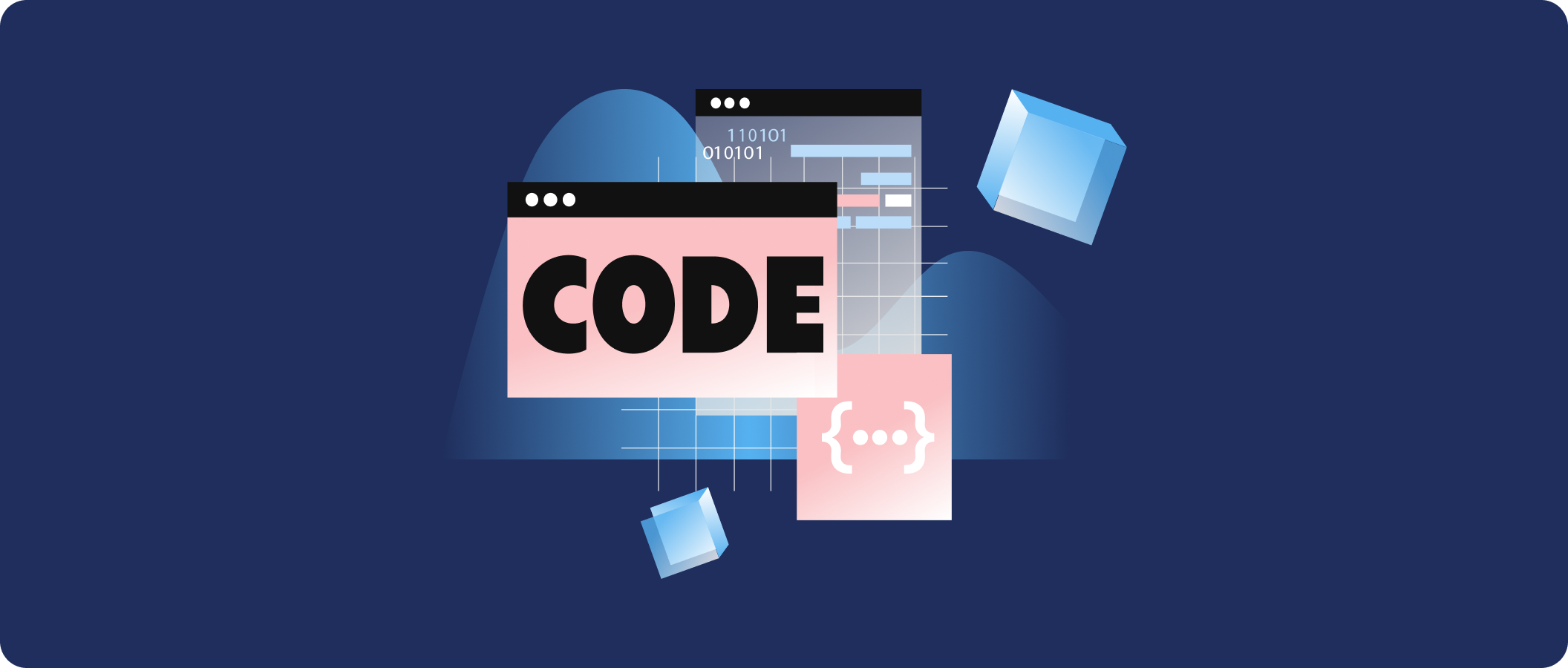
GoDeeper | Building an Offline-First Neurofeedback App That Listens to Your Brain
Meditation is about going inward. But in a world full of distractions, how do you measure progress in something so subtle and personal? That’s the question GoDeeper set out to answer.
GoDeeper is a mobile app developed in partnership with IMBR (Institute for Meditation Brainwave Research). It uses consumer-grade EEG (Electroencephalography) technology to help users understand their brainwave patterns during meditation. And behind this calm and grounded experience lies a complex, ever-evolving software system built by Milo.
Read more











![[August'25 Update] Top Free AI Models for Business | Automation and LLM's in 2025](/media/images/Img_1.original.webp)
